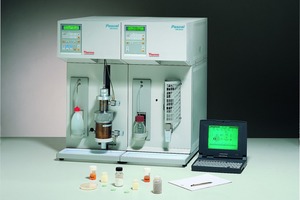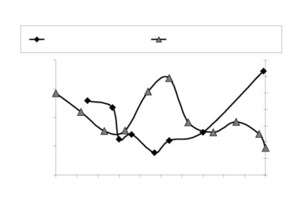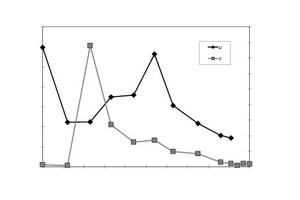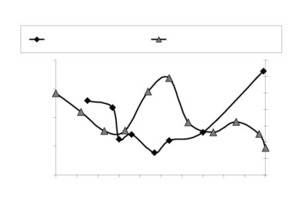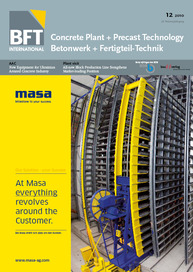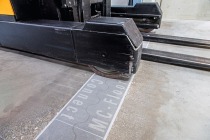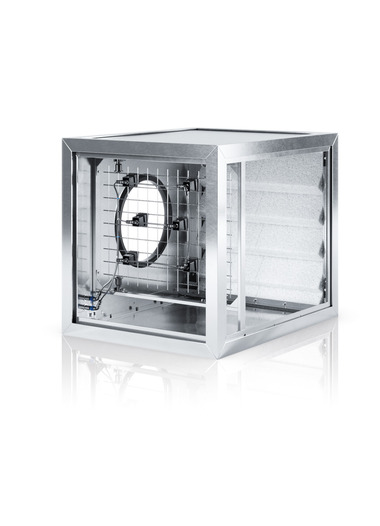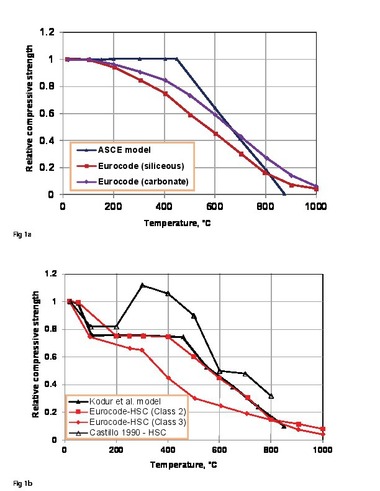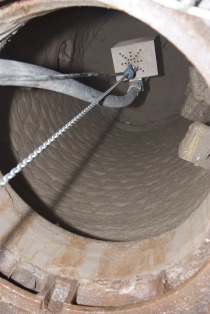Movement Inside the Concrete
Despite being the most popular building material worldwide, concrete is still not fully understood with respect to its physico-chemical and mechanical characteristics. Such an understanding becomes all the more important as both key safety parameters (such as tensile strength and resistance to earthquakes and strong winds) and the requirements in terms of durability and low environmental impact are continuously gaining in significance. Repair costs alone are so high that they are of relevance to the entire economy.
In the case of concrete, the length range of interest to researchers reaches from several kilometers to less than a nanometer in the microstructure. Concrete structures are often exposed to extreme environmental conditions. The microstructure of the cement paste (i.e. the binder contained in the concrete) determines almost all properties of the material. This cement paste forms a nanoporous system that is mainly composed of calcium silicate hydrates [1, 2] with nanopores with a radius of approx. 2 nm that are also contained in ultra-high performance concrete [3]. In standard concretes,...




